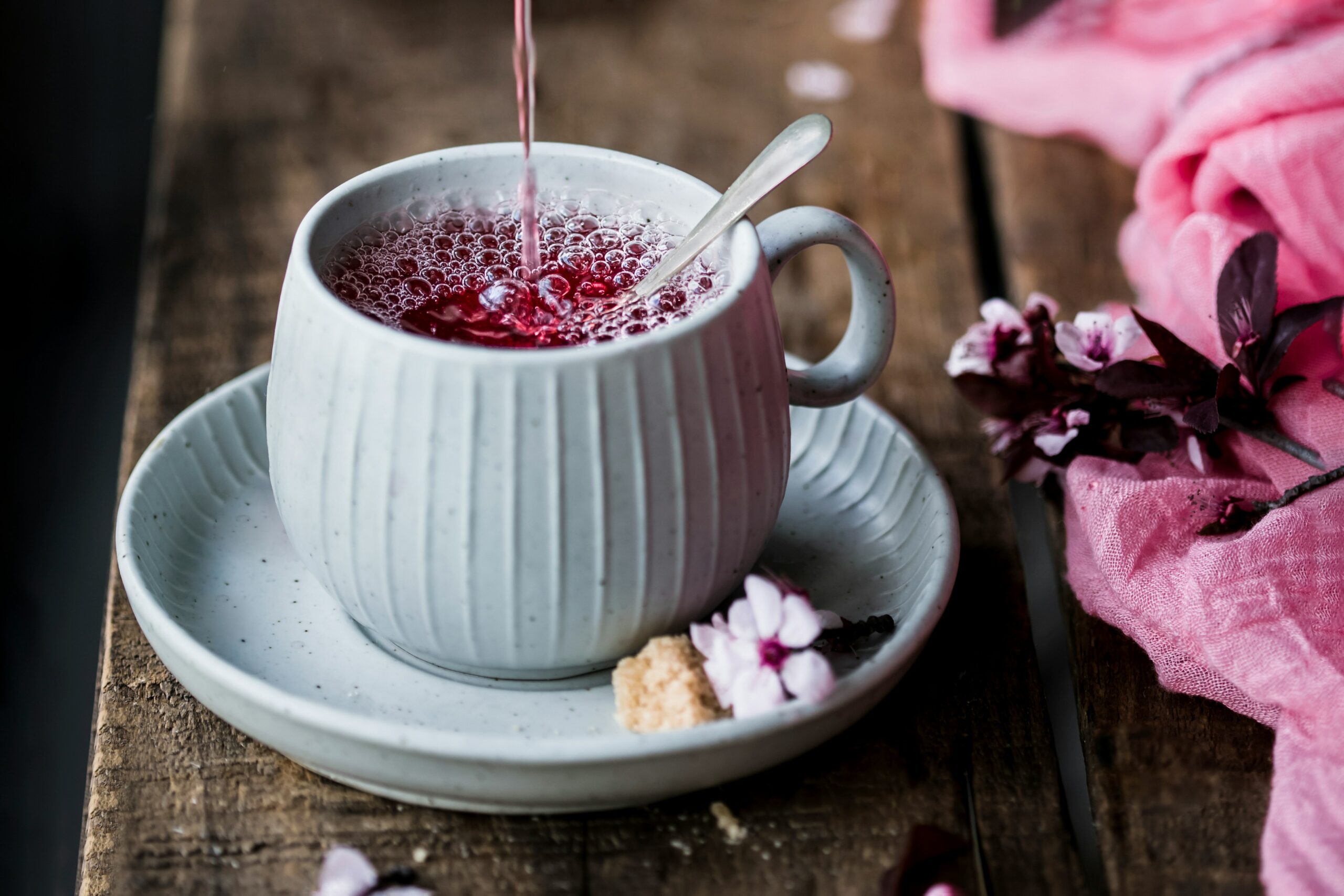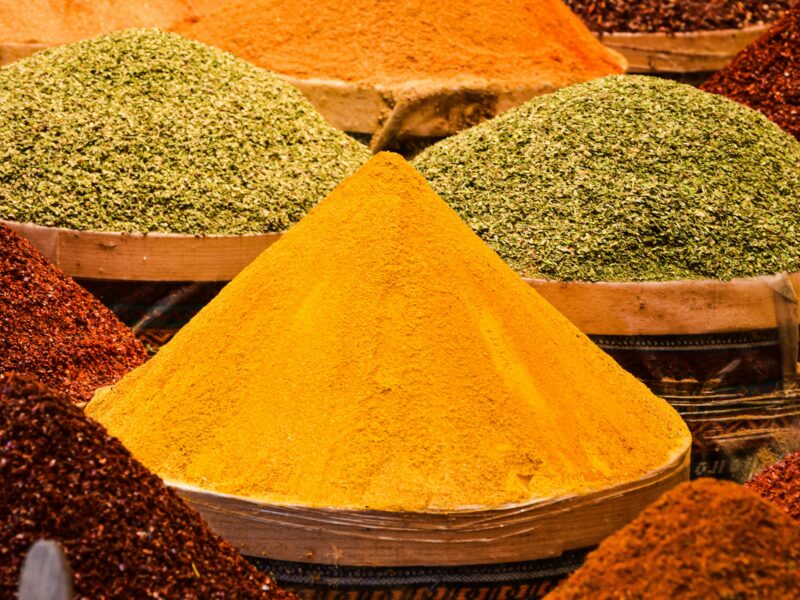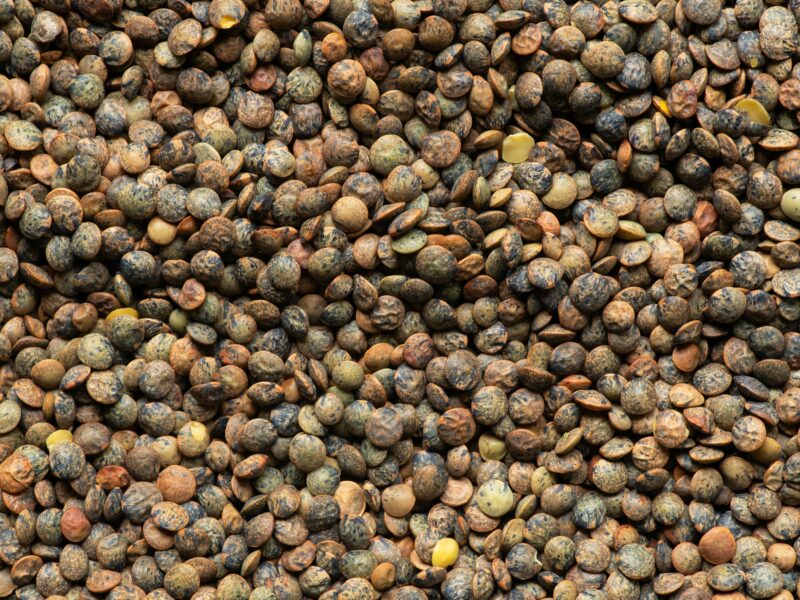Hibiscus is a vibrant and tangy spice known for its deep red hue and tart, citrusy flavor. Often used in teas, syrups, and savory dishes, hibiscus adds a refreshing, slightly sour note to recipes. Common in African, Caribbean, and Middle Eastern cuisines, this versatile spice is as visually stunning as it is flavorful. But what makes hibiscus stand out in the culinary world, and how can you best use it in your kitchen?
Origin and cultivation of hibiscus
Hibiscus comes from the Hibiscus sabdariffa plant, also known as roselle. Native to West Africa and Southeast Asia, hibiscus thrives in warm climates with plenty of sunlight. The spice is derived from the dried calyces of the hibiscus flower, which are harvested, sun-dried, and used whole or ground in cooking. Known for its bold color and tart taste, hibiscus has been a staple in traditional beverages and dishes worldwide for centuries.
What does hibiscus taste like?
Hibiscus has a tangy, slightly floral flavor with a citrus-like acidity. It provides a tartness similar to cranberries, making it a perfect ingredient for both sweet and savory recipes.
Flavor nuances:
- Bright, tangy acidity
- Floral and slightly fruity
- Tart, citrusy notes similar to cranberry
- Subtle earthy undertones
Hibiscus substitutes – what can you use instead?
If you don’t have hibiscus on hand, try these alternatives:
- Cranberries: Offer a similar tart and fruity profile, especially in teas and desserts.
- Pomegranate seeds or juice: Provide a sweet-tart balance with a deep red hue.
- Tamarind: Delivers a tangy and slightly sweet acidity, great for savory applications.
- Lemon zest + dried rose petals: Mimic both the floral and citrusy qualities of hibiscus.
Difference between whole and ground hibiscus
Hibiscus is available in both whole and ground forms, each serving different culinary purposes. Whole dried hibiscus petals are commonly steeped in teas, infusions, and syrups, gradually releasing their tart flavor and vibrant color. Ground hibiscus is ideal for spice blends, rubs, or baking, where its tangy profile can be more evenly distributed throughout a dish.
How to use hibiscus in cooking
Hibiscus is a versatile spice that adds a tangy depth to both sweet and savory dishes.
In savory dishes:
- Infused into marinades for meats and seafood to add brightness.
- Used in sauces, chutneys, and vinaigrettes for a tart contrast.
- Blended into spice rubs for a floral, citrusy kick.
- Incorporated into grain-based dishes like couscous or rice for color and flavor.
In sweet foods and beverages:
- Brewed into hibiscus tea for a refreshing, tart drink.
- Used in syrups and jams to enhance desserts and cocktails.
- Blended into cakes, cookies, and frostings for natural color and tang.
- Infused into cocktails and mocktails for a floral, citrus twist.
- Hibiscus Agua Fresca: A refreshing Mexican drink with steeped hibiscus
- Hibiscus & Lemon Shortbread: Buttery cookies with a vibrant, tart flavor
- Hibiscus Chutney: A sweet-tart condiment to pair with meats, cheeses, or sandwiches
Cooking tips:
- Steep hibiscus petals in hot water for 10-15 minutes to extract maximum flavor and color.
- ✔ Use ground hibiscus sparingly—it’s highly concentrated and can overpower other flavors.
- ✔ Store in an airtight container in a cool, dry place to maintain freshness.
- ✔ Balances well with honey, cinnamon, ginger, and citrus in both drinks and dishes.
- ✔ Enhances the color and flavor of sauces, desserts, and infused beverages.
Where to buy hibiscus
Hibiscus can be found in specialty spice shops, health food stores, and online retailers. When buying hibiscus:
- Look for deep red, dried calyces for the best color and flavor.
- Choose organic, preservative-free varieties for purity.
- Opt for whole petals rather than pre-ground for longer shelf life and stronger aroma.
Why hibiscus deserves a place in your kitchen
Hibiscus brings a bold, tart, and floral touch to a variety of recipes, making it a unique and essential spice. Whether you’re brewing tea, creating vibrant sauces, or enhancing baked goods, its tangy complexity and deep red color add both flavor and visual appeal to dishes.


